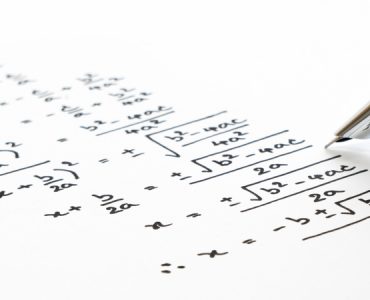Ashtanga came from the Sanskrit word which means “eight limbs”. It refers to the yoga of the Yoga Sutras of Patanjali. It has a series of poses that is done through a Vinyasa flowing style. Krishnamacharya and Sri K. Pattabhi Jois interpreted the Ashtanga technique of asana, which is a unique scheme of hatha yoga. Pattabhi Jois is a true living master of yoga, born in the year 1915. He was a teacher and leading practitioner of Ashtanga yoga.
There are six Ashtanga series that stresses the Vinyasa flow with the use of mula bandha, ujjayi breathing, drishti, and uddiyana bandha. The first series of poses was called Yoga Chikitsa, which means therapy of yoga. It makes everyone feel relaxed and renewed by detoxifying the body, realigning the spine, building strength, stamina and flexibility. The 75 series of poses can be completed in a total of 1 1/2 -2 hours.
The second Ashtanga series was called Nadi Shodana. This name means cleansing of nervous system. It gives strength and cleanses the nervous system through the whole body. This series follows a procedure the same with the Yoga Chikitsa, but it introduce new variations and poses.
The four series are Sthira Bhaga, in which Pattabhi Jois originated its outline of two advanced series. Sthira Bhaga comes up with its meaning divine stability. It was later divided into four series of poses in order to be more accessible for most of the people. This kind of yoga focuses on difficult balance of arms, which is best for those students who are expertly advanced.










